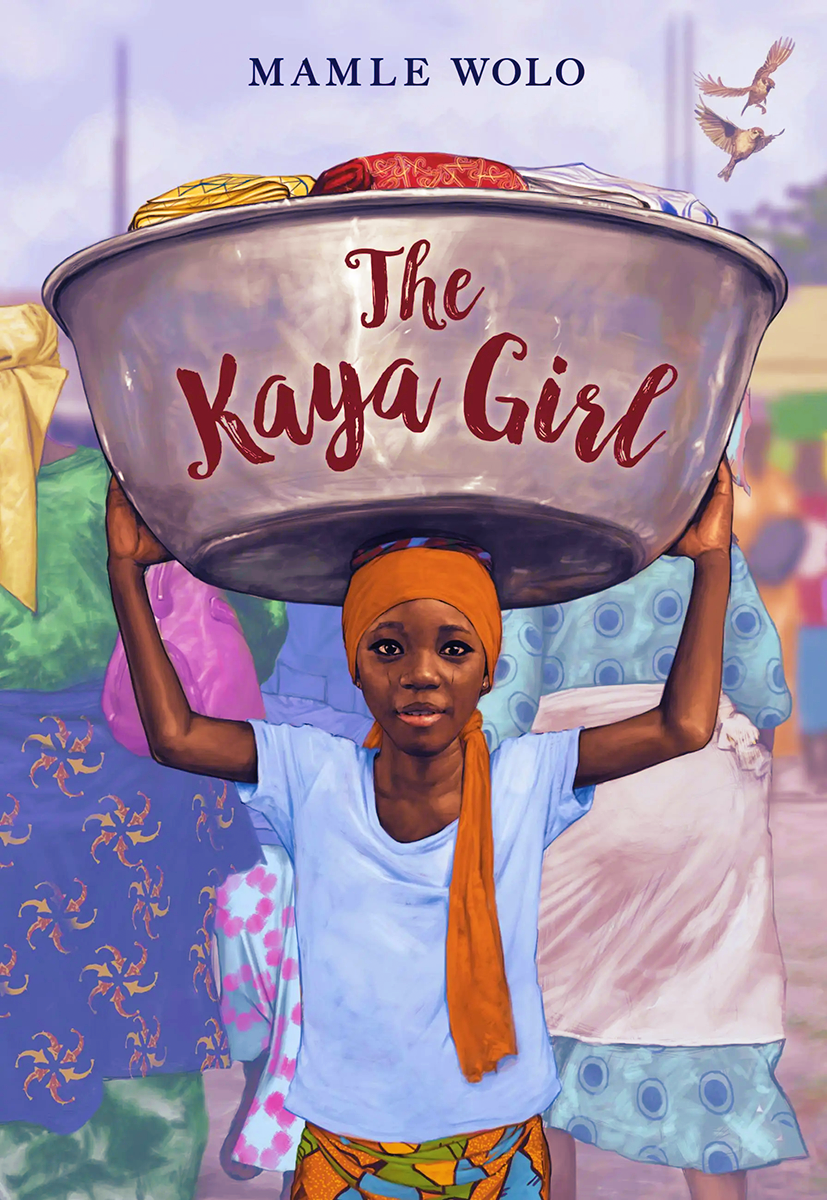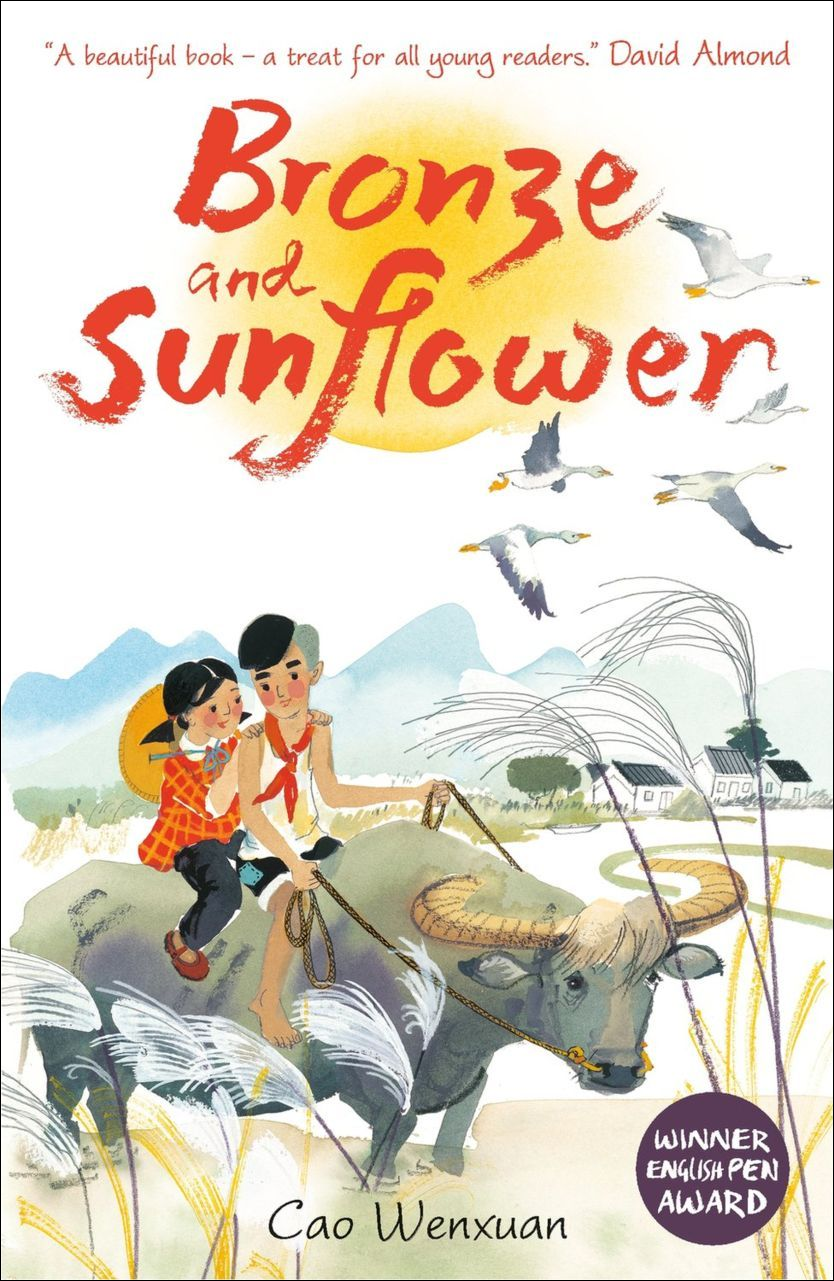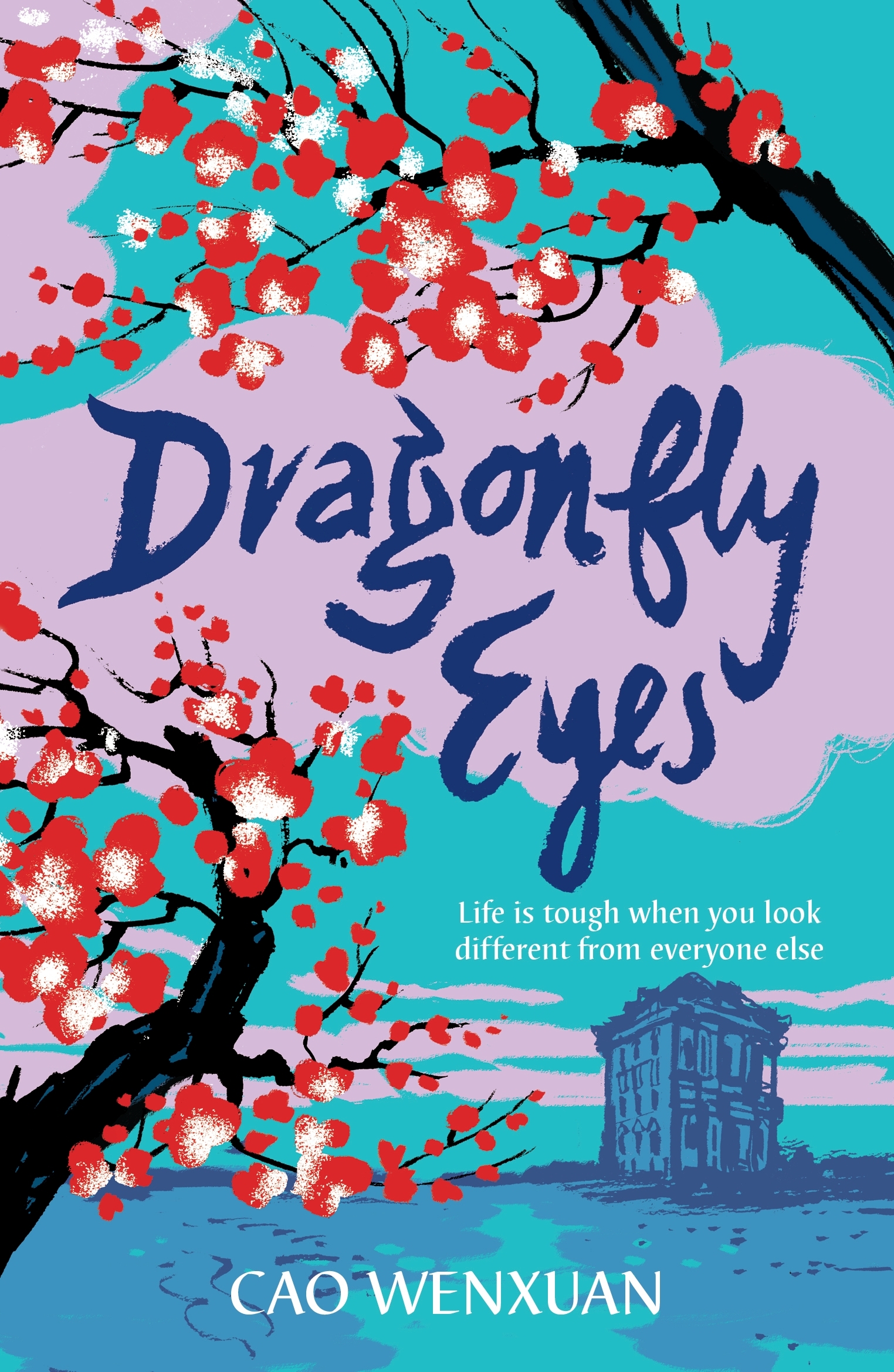Japan

The World's Poorest President Speaks Out
By Yoshimi Kusaba (Editor), Andrew Wong (Translator), Gaku Nakagawa (Illustrator)
The World’s Poorest President Speaks Out. Edited by Yoshimi Kusaba. Translated by Andrew Wong. Illustrated by Gaku Nakagawa. Enchanted Lions Books, 2020. Originally published as 世界でいちばん貧しい大統領のスピーチ (Sekai De Ichiban Mazushi Daitoryo No Speech) in Japanese by Choubunsha Publishing, Co. Ltd., in Tokyo, in 2014. ISBN 9781592702893. 40 p. (Ages 5-10). Picture book.
Based on Uruguay president José Mujica's 2012 speech to the United Nations Conference on Sustainable Development. Thought-provoking and a good introduction to discussions on poverty, social justice, and having enough. Worlds of Words recommended book, April 2021. [all]
Africa South of the Sahara
Ghana

The Kaya Girl
By Mamle Wolo, Sasha Illingworth (Illustrator)
The Kaya Girl. Mamle Wolo. Illustrated by Sasha Illingworth. Little, Brown Books for Young Readers, 2022. Originally published by Techmate Publishers Ltd., in Ghana, in 2012 and then by Nsona Books in 2018. ISBN 9780316703932. 336 p. (Ages 9 and up). Fiction.
A rags-to-riches tale about Faiza, a Muslim migrant girl from northern Ghana, and Abena, a wealthy doctor’s daughter from the south. The two meet by chance in Accra, where Faiza works as a porter or kaya girl and develop a deep friendship that transcends social barriers. A 2022 Kirkus Best Children's Book, a 2023 Children's Africana Book Award Honor, and a Bank St. College Best Books selection. [gd]
China & Taiwan
China

Bronze and Sunflower
By Cao Wenxuan, Helen Wang (Translator), Meilo So (Illustrator)
Bronze and Sunflower. CAO Wenxuan. Translated by Helen WANG. Illustrated by Meilo SO. Candlewick, 2017. Originally published by Phoenix Juvenile and Children’s Publishing in China, and then released by Candlewick sister company Walker Books in the UK in 2015. ISBN 9780763688165. 400 p. (Ages 9-12.) Fiction.
The Cultural Revolution provides the largely unspoken background to this beautiful story, in which a 7-year-old girl and her artist father are forced to move to rural China to be re-educated. After her father dies early in the book, she is taken in by the poorest family in the village. Despite their vastly different circumstances, she forms a tight bond with her mute brother, new family and fellow villagers. Mutual love and caring enable them to endure fires, floods, lack of food and bitter cold. This book earned translator Helen Wang the 2017 Marsh Award for Translation of Children’s Literature. Raved librarian Betsy Bird, “It’s bold and unfamiliar. Touching and terrifying. Historical but somehow also timeless... Do you truly want your kids to be citizens of the world? Then hand that world to them. Give them this book.” [dj]

Dragonfly Eyes
By Cao Wenxuan, Helen Wang (Translator)
Dragonfly Eyes. CAO Wenxuan. Translated by Helen WANG. Candlewick, 2022. Originally published in China by by Phoenix Juvenile and Children’s Publishing and then released by Candlewick sister company Walker Books in the UK in 2021. ISBN 9781536200188. 384 p. (Ages 9-12.) Fiction.
A Batchelder honor book, this is the second novel of prolific Chinese author Cao Wenxuan to be translated into English, following his receipt of the 2016 Hans Christian Andersen Award. A more direct encounter with the turbulence of Chinese history than that presented in Bronze and Sunflower, it is a multi-generational saga of a mixed Chinese and French family in Shanghai from the 1920s to the 1960s, as they weather the Japanese invasion, the Communist takeover and the Cultural Revolution. [dj]
Latin America
Brazil

My Sweet Orange Tree
By José Mauro de Vasconcelos, Alison Entrekin (Translator)
My Sweet Orange Tree. José Mauro de Vasconcelos. Translated by Alison Entrekin. Candlewick, 2019. Originally published as O Meu Pé de Laranja Lima in Portuguese by Editora Melhoramentos, in Brazil, in 1968. ISBN 9781536203288. 272 p. (Ages 12 and up). Fiction.
A Brazilian classic that has never been out of print, My Sweet Orange Tree features a precocious but naughty five year old whose hard-scrabble family beats him severely when he gets into trouble. Through his mischief-making he finally meets someone who shows him what it means to truly care for somebody. Though this book is commonly taught at the elementary school level in Brazil, it has been categorized as young adult in the United States because of its dark themes including poverty, violence, and death. A 2012 film adaptation won the 2014 Cinema Brazil Grand Prize in the children’s film category. [dj]